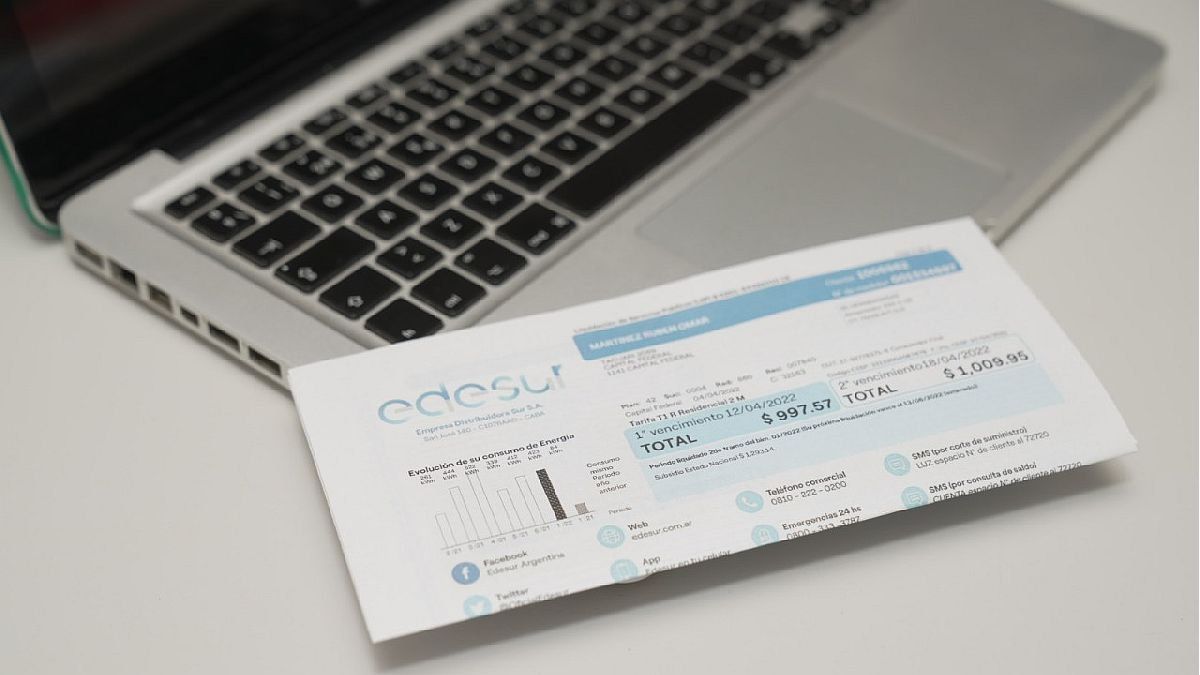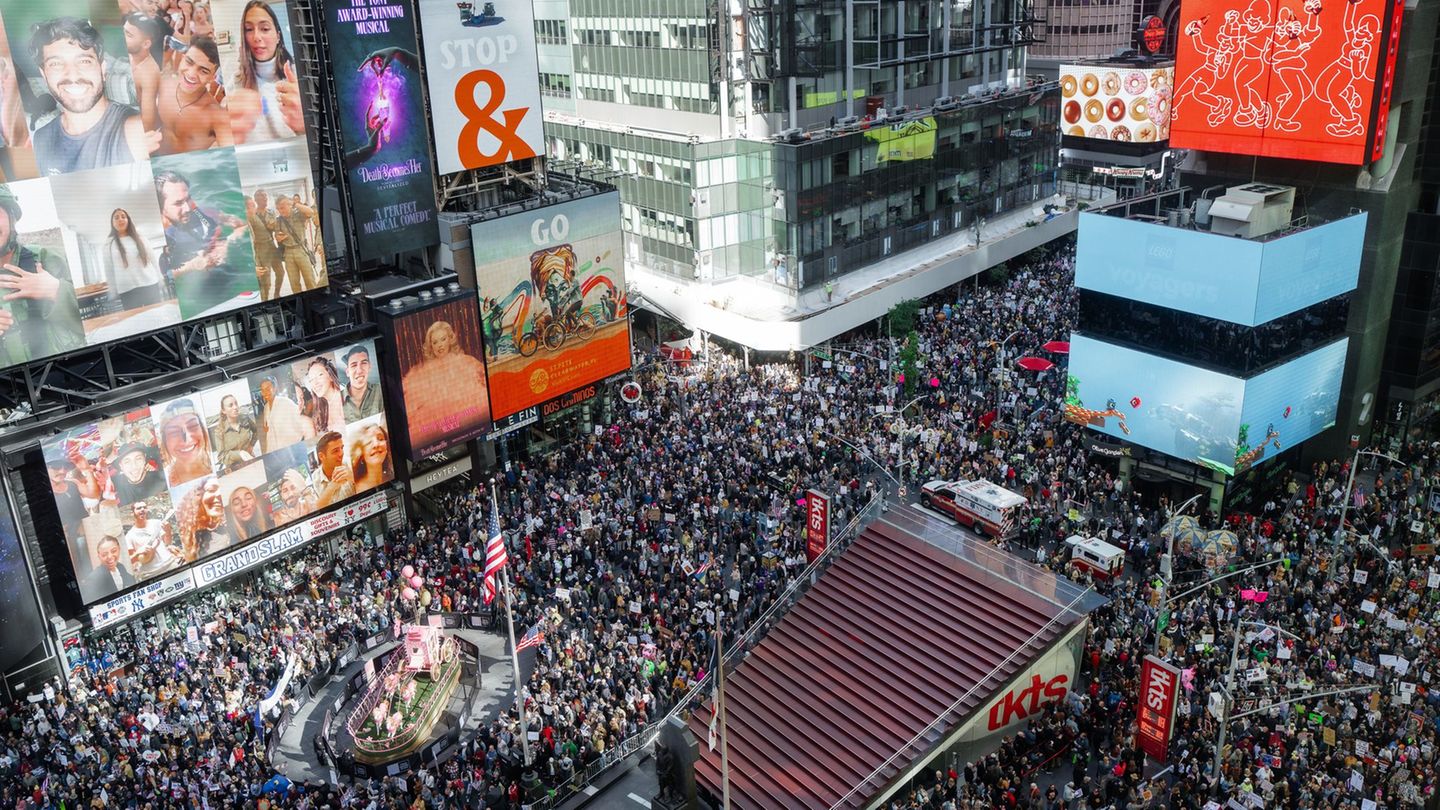The decree, dated August 26, establishes in its annex the new Reference Prices for Power (Potref) and Stabilized Energy (PEE) of the MEM “to be applied according to the segmentation referred to in Decree No. 332 dated 16 June 2022”.
The rule is the first that discriminates prices according to the levels established in the segmentation and from the values published in the annex, increases for level 1 from 65.87% to 74.79% are derived, depending on whether it is the rush hour, rest or valley
In any case, these percentages do not imply an adjustment of the same magnitude in the distribution tariff, since it considers four components: generation, transmission, distribution and tax burden (national, provincial and municipal).
The Potref was set at $80,000 per Mw/month for the three residential levels, general non-residential demand, public bodies and the Health and Education sectors, while for Large Distributor Users (GUDI) it will be $463,310 per Mw /month.
In the case of the PEE, the price per MWh in the peak hour was $3,129 for levels 2 (social rate beneficiaries) and 3 (intermediate between 1 and 2), at $5,190 for level 1, $6,165 for non-residential, $6,337 for public entities, health and education and $13,434 for GUDI.
For the rest of the hour, the prices were established at $2,981 for levels 2 and 3, $5,070 for level 1, $6,005 for non-residential, $6,179 for public organizations, health and education, and $13,427 for GUDI.
Finally, the prices for the off-peak period for the September-October two-month period will be $2,832 for levels 2 and 3, $4,950 for level 1, $5,844 for non-residential, $6,019 for public entities, health and education and $13,421 for the GUDI.
Tomorrow, before the entry into force of the rate segmentation, the seasonal energy prices for Level 3 (average income) will be known, which will continue to receive a subsidized rate with a consumption cap of up to 400kWh.
Energy.JPG
How is the segmentation
- “High income” users and those who did not sign up on the targeting form: stepped increase. The first will be in September with 20%.
- “Average income” users: no increase will be applied, but there will be a consumption cap of up to 400kWh per month per household. Once the cap is exceeded, the surplus will be charged without subsidies.
- Users of “low income” and/or social tariff: the subsidy is maintained, it does not change.
Source: Ambito
David William is a talented author who has made a name for himself in the world of writing. He is a professional author who writes on a wide range of topics, from general interest to opinion news. David is currently working as a writer at 24 hours worlds where he brings his unique perspective and in-depth research to his articles, making them both informative and engaging.




